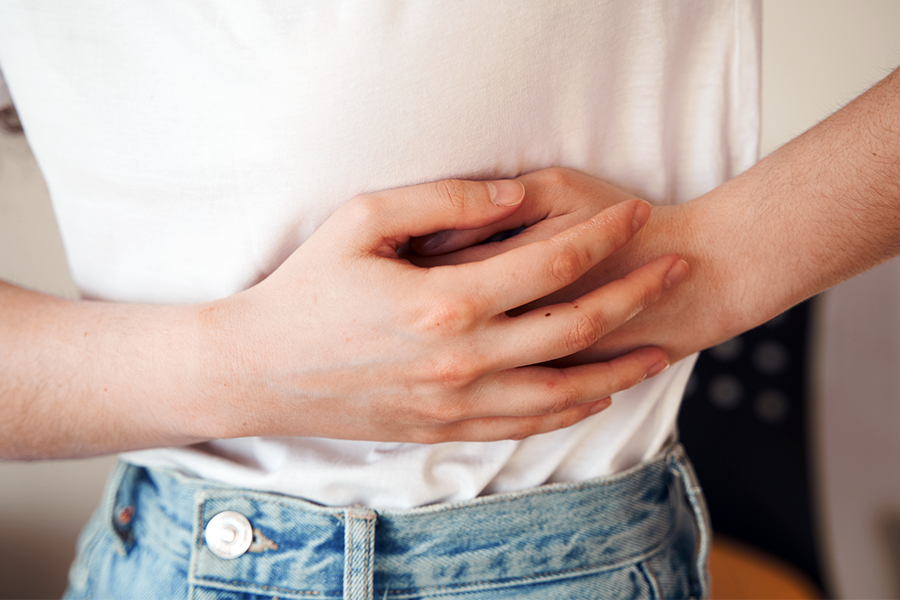 Here’s the most common question we get from an infertility patient who is not experiencing pain, but who we believe may have endometriosis:
Here’s the most common question we get from an infertility patient who is not experiencing pain, but who we believe may have endometriosis:
I’ve never had any of the symptoms, so how can I have endometriosis?
After 30 years of intense study and treatment of patients with endometriosis, I would say the most common symptom of endometriosis is infertility. We now believe that roughly 80% of women who seek our infertility services have endometriosis. The other issue we see at epidemic proportions is hypothalamic dysfunction, or what I call “stress physiology.”
Probably more than 80% of the women we encounter today suffer from “stress physiology,” which can be caused by several things but most often stems from excessive aerobic exercise, being underweight, low calorie or ‘starvation’ diets, low blood sugar, and sleep disturbances. Many women who suffer from this experienced the onset of the condition in their teen years. The consequence is low estrogen which results in a thinner, less developed endometrium (lining of the uterus) during the menstrual cycle, which comes with few to no pain symptoms during bleeding at cycle time. Some patients miss their cycles completely, although most have nearly regular cycles, even with significant stress. What causes this is the same mechanism that birth control pills use to control pain with endometriosis.
As a result, when we interviewed our 32-year-old infertility patient with endometriosis, she may have experienced this physiological phenomenon and reported to us that she has never really had pain, and could not possibly have endometriosis. Unfortunately, with worsening stress and pressure on women today, more and more patients experience this exact scenario, to the point of this condition now becoming the most common presentation of endometriosis infertility. It’s actually less common for us to have a patient who presents with painful cycles and infertility. The last pearl of information about endometriosis is that painful cycles are naturally less common in women in their twenties, but often resurface for some women when they reach their mid-thirties. This can also distract women from considering that they might have endometriosis.
A common response that patients have is to recall times when some of their friends were “down on the floor” during their cycles. They understand the possibility of endometriosis for those patients, but not themselves. My response is to suggest that if you hadn’t played those sports in high school, you would have also been on the floor with those friends. Endometriosis can be very subtle and, due to its frequency in our patients, must always be carefully evaluated. Complete treatment with peritoneal stripping, a unique surgical approach that cures the disease, increases pregnancy rates by at least 25%! This fact is not commonly understood in the reproductive community and in most situations, endometriosis is not considered or glossed over in the evaluation and treatment of infertility.

